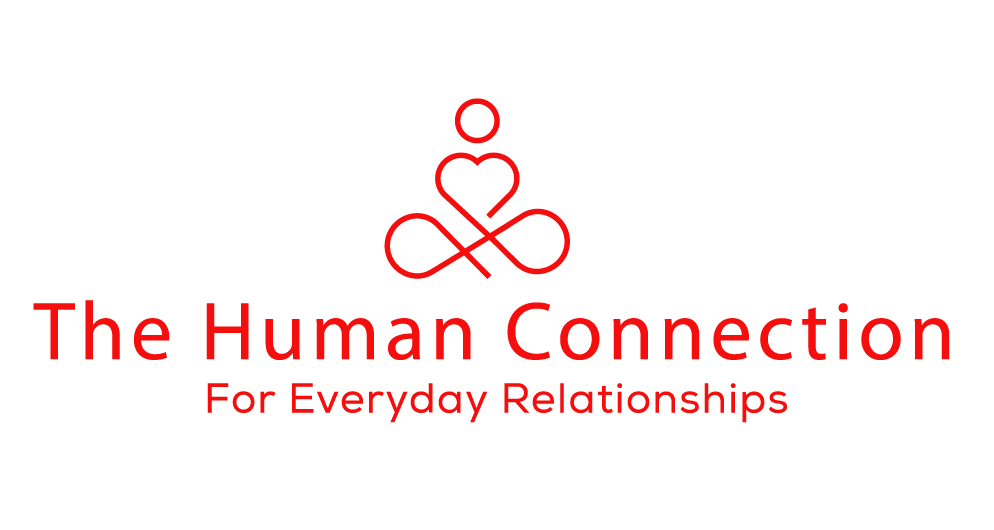Psychologists first noted that we have different styles of communication in the 1960s. Since then, many researchers have studied the way we communicate. The consensus is that there are 4 styles, but some do say there are up to 7.
Different researchers have different names for the 4 styles of communication, but they all essentially reflect the same information. I will call the 4 styles by the names below.
4 Styles of Communication
Analytical
- Self-contained and somewhat direct, steady and methodical
- Like the facts and evidence to support them
- Like to work with existing circumstances
- Task-orientated
- Irritated by surprises and unpredictability
- Under stress, will withdraw or avoid
Driver
- Direct and self-contained
- Like being in control
- Like to shape their environment by overcoming opposition
- Task and result-orientated
- Irritated when overly emotional behaviors block action
- Under stress, will pressure or dictate
Amiable
- Mellow, easy-going, and relaxed
- Like support and rely on close and secure relationships
- Like to cooperate with others
- Relationship and people-orientated
- Irritated by pushy and aggressive behavior
- Under stress, will accept or submit
Expressive
- Open, stimulated, talkative, and quick-paced
- Like socializing and relying on flexibility
- Like to shape their environment by forming alliances with others
- People and relationship-oriented
- Irritated by routine tasks and being alone
- Under stress, will challenge or attack
Each of the 4 Styles can also be subdivided into 4 more sections as shown below. This means everyone has a primary and secondary communication style. So it’s possible to be a Driver Amiable or Expressive Analytical, as well as Driver Driver, and so on.

The farther apart two people land on this chart, the harder it may be for them to communicate. Those who land closer to the middle of the chart will usually have an easier time communicating with a wider range of people.
No matter where you land, it’s important to note that we can learn to communicate differently to meet others where they’re at.
